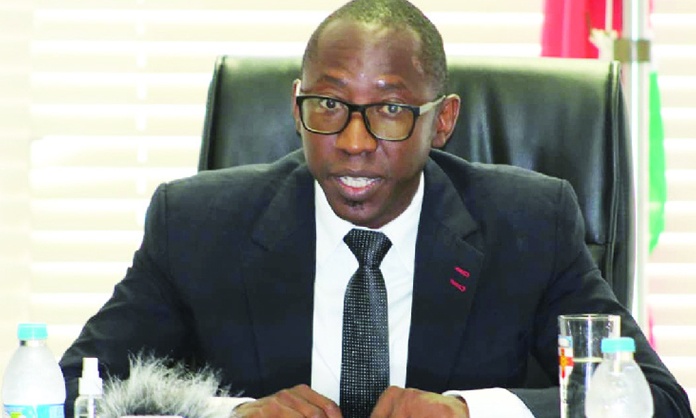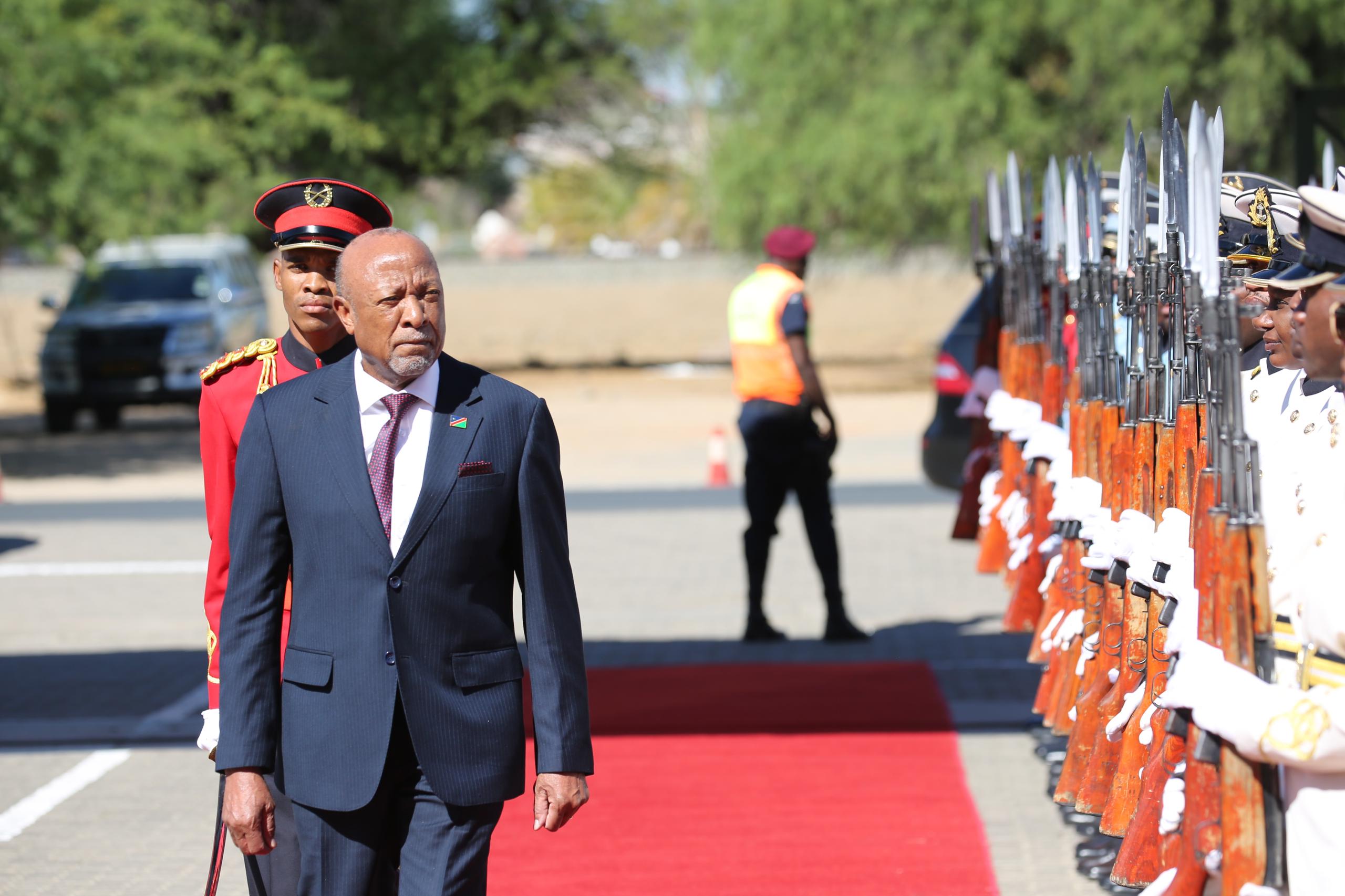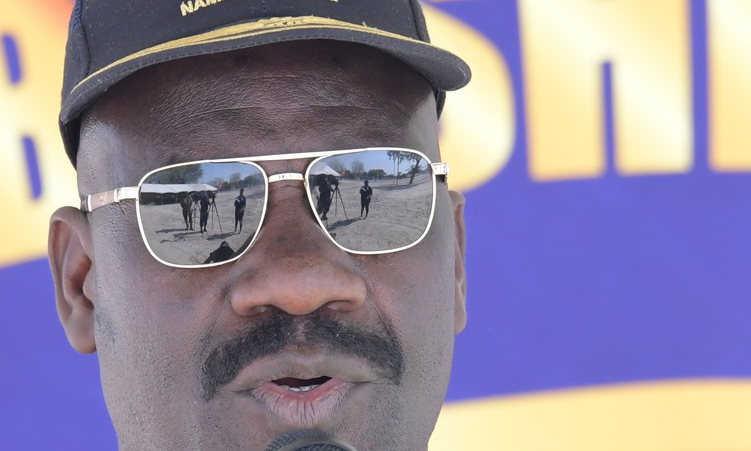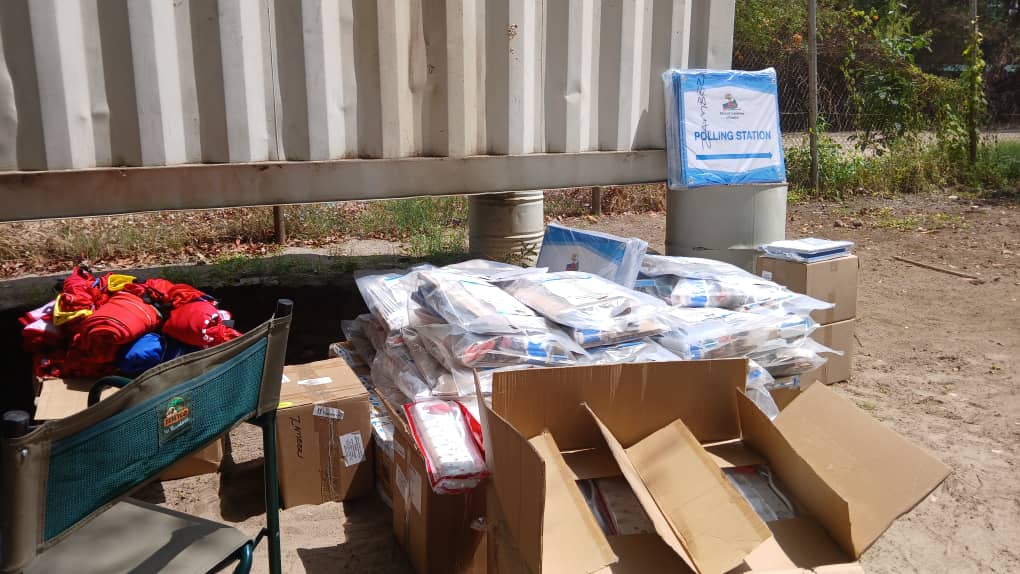… regions, local authorities respond to latest census results
Governors and other political figures have expressed mixed feelings over the latest preliminary census results released by the Namibia Statistics Agency (NSA).
The census revealed that Namibia’s population has surpassed the three million mark.
Key among concerns is what impact this would have on budgetary provisions, infrastructure and the incidence of crime.
ERONGO
Erongo governor Neville Andre says providing essential services with regards to housing, education and health would be challenging.
“Housing is one of the serious challenges. Walvis Bay has a backlog of about 35 000 units, and Swakopmund of about 32 000 units.
“Swakopmund still has some space to expand, but Walvis Bay’s space is limited,” he says.
Andre says the daunting task of constructing around 5 000 houses annually presents a challenge.
Another concern is the persistent issues around the placement of Grade 1s in schools, he says.
Andre stressed the need for additional medical personnel and facilities to adequately respond to the region’s healthcare needs.
“We anticipate the population to grow further, because of the new industries and new mines that will open up soon,” he says.
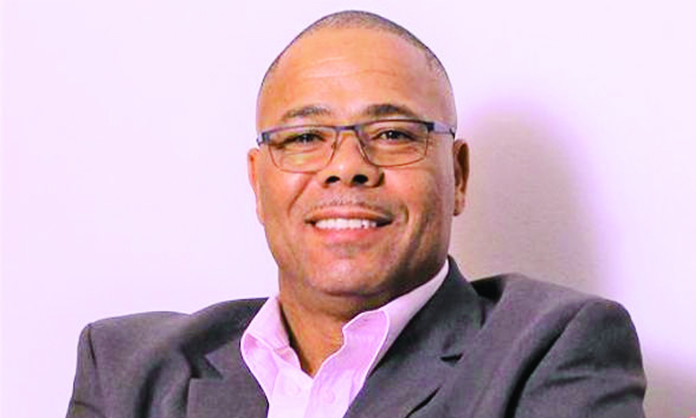
HARDAP
Hardap governor Salomon April says the census results explain why the region’s efforts to alleviate poverty have not had a significant impact on residents’ lives.
April says with a 34,2% increase in population size, there is a need to increase the resources available to the region’s poverty and high unemployment.
The population of the Hardap region has increased from 79 507 in the 2011 census to 106 680 in the 2023 census.
The number of residential structures for the region has increased to 35 420, while 5 078 households are engaging in farming.
“The budget for the 2024/25 financial year is not even out yet for rural and urban development, but we can already see we were reaching only about 35% of our needs.
“We will need to make adjustments, because we are falling far behind with achieving our goals,” April says.
The governor says the population density of one person per square kilometer is the biggest challenge.
“This is where we end up not receiving higher allocations for our needs in the region because the population size is minimal in relation to the land size of the region,” he says.
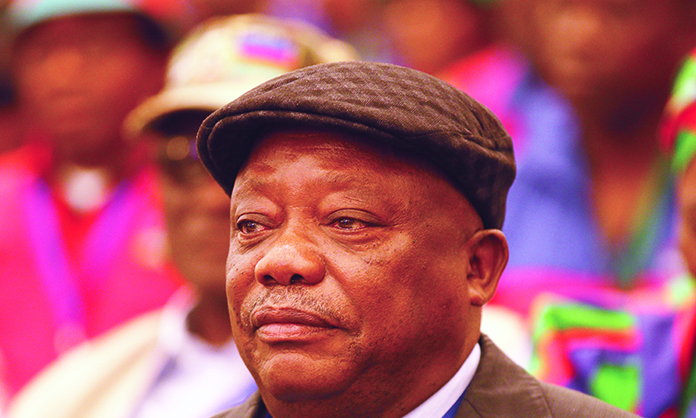
OHANGWENA
Ohangwena governor Sebastian Ndeitunga says the region needs a bigger budget to address unemployment.
The region’s population has increased from 200 000 to 300 000, making it the second-most populated after the Khomas region.
Ndeitunga says although he is happy that the population has increased, he is concerned over increased socio-economic demands and youth unemployment.
“Let’s hope the census results will assist the government to plan better and readjust its priorities by providing employment, health services, education and other amenities.
“The issue of creating employment should now be prioritised more than ever,” he says.
Ohangwena region youth activist Phillip Hafeni has expressed serious concerns over the increased population.
“People are very poor. Young people are on the streets despite many of them having qualifications. We have a high number of unemployed teachers and school dropouts due to teenage pregnancy. There is just poverty all over …
“It doesn’t help to conduct census surveys and things just continue as they are in the country,” he says.
CONSTITUENCIES
Judea Lyaboloma constituency councillor Humphrey Divai says he is concerned over the population increase and its effect on the already high youth unemployment rate and healthcare.
“We only have two clinics that cater to the population of 8 359 in my constituency,” he says.
He says planning could, however, be more effective with the latest statistics available.
Katima Mulilo Urban constituency councillor Kennedy Simasiku says the region should plan better to address the high unemployment rate among the region’s young people.
“In my view, more than ever before, there is a need to prioritise the fast-tracking of the implementation of green schemes ..,” he says.
Walvis Bay Rural constituency councillor Tegako Donatus says the population increase also puts pressure on roads and clinics.
“Looking at the figures, it’s evident that we have more births as opposed to rural urban migration ..,” he says.
Donatus says crime is also on the increase as a result of unemployment among the youth.
“There are no recreational activities to keep young people busy ..,” he says.
LOCAL AUTHORITIES
The population growth has also raised questions about local authorities’ capacity to sustain urban migration.
Swakopmund chief executive Alfeus Benjamin says an aerial survey conducted by the municipality three years ago estimated that 42 000 people are living at DRC informal settlement alone.
He says a recent affordability assessment revealed a substantial number of residents grappling with economic constraints.
“We are trying to accommodate the people,” he says.
He says public services are overrun, especially with regards to education and health.
Rundu mayor Gabriel Kanyanga says the town and the Kavango East region’s healthcare facilities have only one hospital that serves the entire region.
He says the high population growth at the town has also increased the demand for water.
“The water situation at Rundu is precarious, exacerbated by increasing demand and inadequate infrastructure. Despite efforts to engage NamWater, our current water supply set-up falls short of meeting the growing population’s needs,” he says.
Kanyanga says the town is also faced with an increased crime rate, particularly among young people between the ages of 12 and 16.
Stay informed with The Namibian – your source for credible journalism. Get in-depth reporting and opinions for
only N$85 a month. Invest in journalism, invest in democracy –
Subscribe Now!


